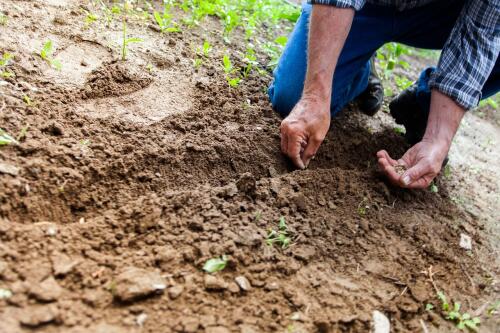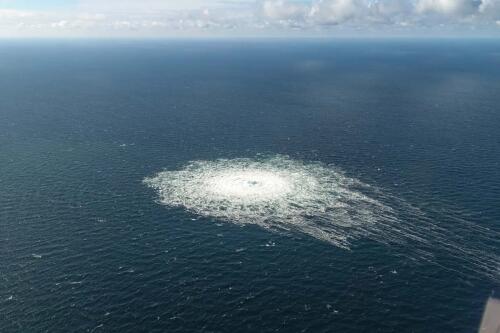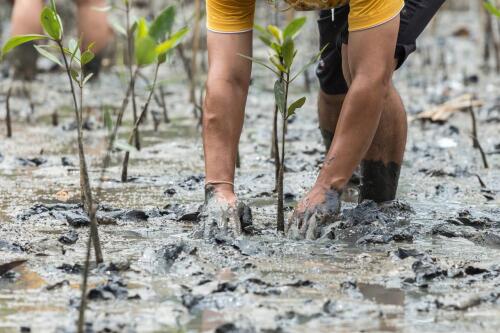Brasile
Meat, coffee, chocolate, palm oil and wood are among the products that will end up at the center of the controls provided for by the regulation approved by the European Parliament
Achieving the goal of restoring 12 million hectares of native Brazilian vegetation by 2030, as established by the Paris climate agreement, will not be an easy task, especially in the absence of a solid government program that goes in this direction .However it is thanks to the precious work of seed collectors, who discovered that planting them instead of saplings makes the reforestation process more efficient and solid, that the hope of reaching the goal is still alive. A technique that the natives have proven to be the most suitable for help young trees survive drought and make the most of the space available:sowing allows you to plant approximately ten times more trees per hectare compared to the use of seedlings, halving the costs.The efforts of seed collectors are focusing above all on Cerrado area, a territory of savannahs and forests that covers more than 20% of Brazil and a small part of Paraguay and Bolivia and which houses species of flora and fauna that cannot be found elsewh...
The weekly round-up on the climate crisis and data on carbon dioxide levels in the atmosphere. Nord Stream, according to the Swedish prosecutor's office, a group linked to a state was behind the sabotage of the gas pipeline Update April 7, 2023: The Swedish prosecutor who is investigating the sabotage of the Nord Stream gas pipeline he stated that the "main scenario" prefigures that a "state actor" may be behind the attack, thus casting doubt on recent theories that hypothesized the responsibility of an independent group. The type of explosive used in the attacks excludes a "large part of possible perpetrators", prosecutor Mats Ljungqvist told the Reuters. According to a United Nations report, the three underwater explosions that severed the gas connection between Russia and Germany northeast and southeast of the Baltic Sea island of Bornholm on September 26, 2022 were equivalent to the power of several hundreds of kilograms of explosives.Swedish...
After the closure, ten years ago, of the Gramacho landfill, one of the largest in Latin America, the area has suffered an extraordinary metamorphosis, gradually evolving into a bay dominated by nature:a mangrove forest which is home to crabs, snails, fish and birds. The Gramacho landfill, opened in 1968 near the Guanabara Bay (Brazil), over time has transformed that earthly paradise, characterized by immaculate beaches and artisanal fishing, in a heavily polluted swamp.In just twenty years, approximately 80 million tons of waste were disposed of in the area, causing serious pollution of the bay and surrounding rivers.In 1996, the city began taking steps to reclaim the swamp, starting the leachate treatment, a toxic byproduct derived from the decomposition of waste.However, the garbage continued to accumulate until 2012, when it finally hit the landfill it was closed. From that moment on the residents and workers of Comlurb, the largest public waste disposal organization in Latin Americ...



